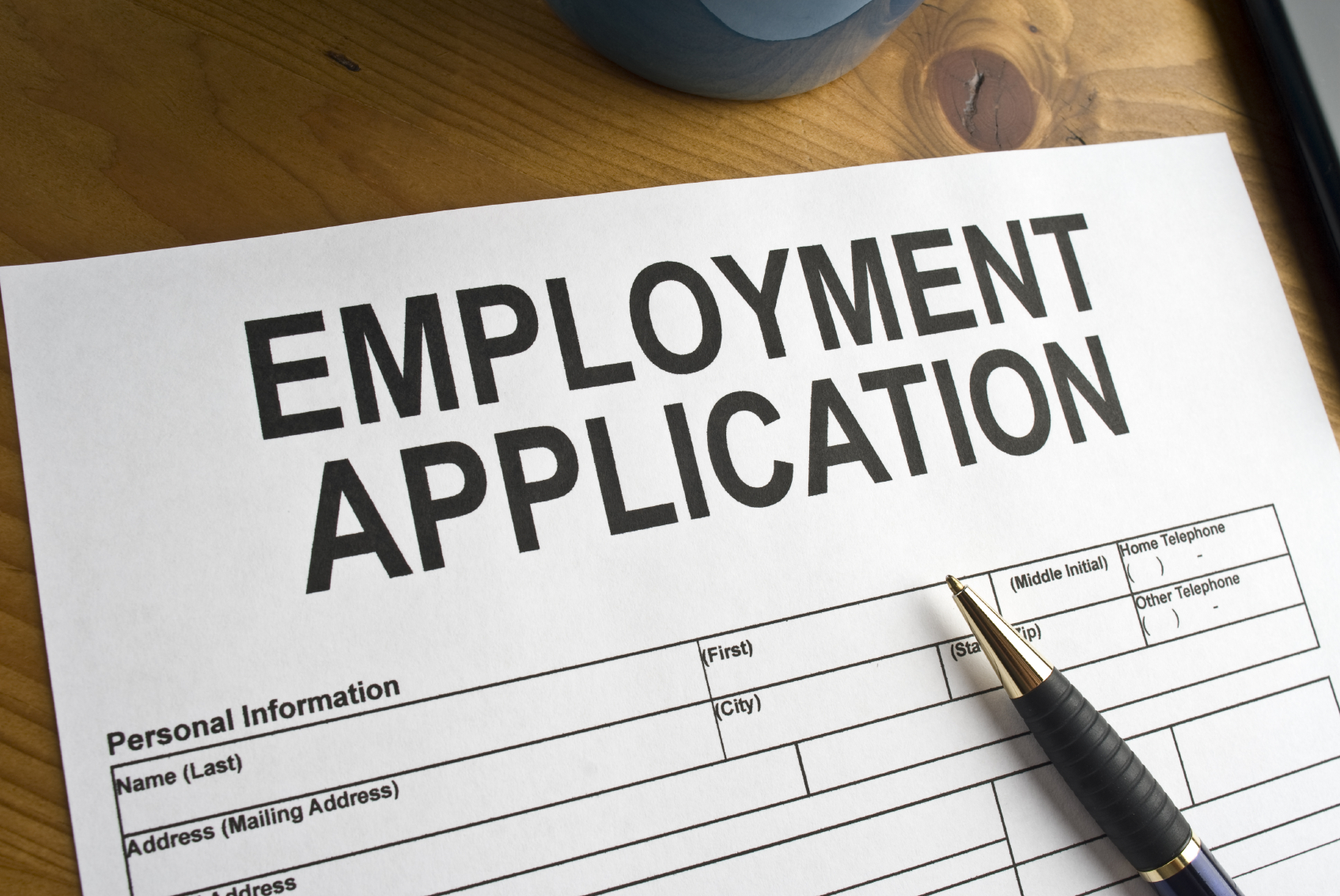The number of people looking for jobs has risen by 20% over the seven months of the current fiscal year (started March 20), an official with the Ministry of Cooperatives, Labor and Social Welfare said.
“Around 350,000 job-seekers were registered at employment offices of the ministry during the period, of which 110,000 were women and 240,000 men,” Mohammad Akbarnia added.
Statistics released by international institutions also confirm Iran’s labor migration is on the rise. A report by the World Bank said as many as 1.5 million skilled workers (and counting) leave Iran to work overseas annually.
In 2013, over 1.6 million workers immigrated to find jobs, which registered a 23.5% rise compared to 2010. The UAE and the United States have been the most attractive destinations for Iranian migrant workers.
Hossein Akbari, a job market expert, sees migration of educated workers as an economic disadvantage, stripping the country of its human capital. He believes the government should not turn a blind eye to labor migration and that it should consider the issue while making new policies.
“There just aren’t enough jobs,” the head of Temporary Workers Union said, adding that domestic industries and factories are struggling as the enfeebled supply of jobs cannot meet the demand.
Fathollah Bayat added that production in Iran is wrestling with back-to-back challenges.
“As long as the country relies on its oil revenues, we should not expect to see the recovery of labor market and successive waves of skilled workers will choose to work outside their country of birth,” he said.
In its latest report, the Statistical Center of Iran put Iran’s unemployment rate in summer at 12.7%. The figure registered a 1.8% increase compared with last summer and a 0.5% rise compared with the previous quarter (March 20-June 20, 2016).
The new data show 3.33 million Iranians were unemployed in the second quarter. It also shows 10.4% of men and 21.8% of women of ages 10 and above were jobless during the period.
According to SCI, the unemployment rate was 14.4% for urban areas and 7.9% for rural areas. Joblessness was higher among women compared to men and among those living in urban areas.
The youth unemployment rate, i.e. the proportion of the population between the ages of 15 and 29, stood at 26.7% in summer, registering a 3.3% rise compared with the same period of last year and a 1.8% increase over last quarter.
Labor force participation rate of the second quarter of the current Iranian year (June 21-Sept. 21, 2016) at 40.4% or 26.36 million people. The rate—defined as the proportion of the population of ages 10 years and above that is economically active either employed or looking for work—showed a 1.5% rise compared with the corresponding period of the previous year and a 0.9% growth over the last quarter.
Men’s and women’s economic participation rates were 64.9% and 15.9% respectively. The rate was 39.8% for urban areas and 42.2% for rural areas.
Zanjan and Sistan-Baluchestan provinces had the highest and lowest labor force participation rates of 45.1% and 32.9% respectively, whereas Tehran registered a 41.2% participation rate in the period.


